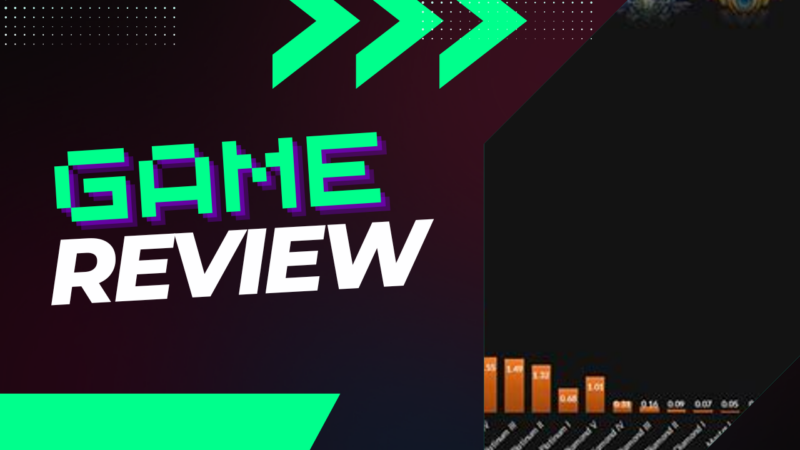What does it mean to be an average player in the world of League of Legends, where climb and despair coexist like old rivals in a summer league? In 2024, the realm of Summoner’s Rift is not just a place for heroes and legends; it’s a tapestry woven with the ambitions of everyday players. The Silver tier, where nearly one in five North American players find themselves, is where skill meets strategy, transforming a mundane game into a thrilling battleground of wits and reflexes. As we dive into the intricacies of ranking in this bustling community, we uncover what truly defines the average League of Legends player and why that matters in a landscape as fierce as a dragon’s lair.
The Average Skill Level of League of Legends Players
The League of Legends ranking system is designed with ten distinct tiers to reflect a player’s skill set. Among North American participants, the most prevalent rank in 2024 was the Silver tier, attained by 19.25% of players. This tier represents a significant portion of the player base, highlighting the competitive yet accessible nature of the game.
Understanding the Ranking System
In the world of competitive Multiplayer Online Battle Arena (MOBA) games like League of Legends, a comprehensive ranking system is crucial. This system ensures that players of similar skill levels are matched against one another during online matches, fostering fair competition and engaging gameplay. While the majority of gamers find themselves in the Silver tier, a smaller fraction manage to ascend to the higher ranks, indicating that reaching the game’s elite levels is quite an achievement.
The Growth and Popularity of League of Legends
Since its launch over a decade ago, League of Legends has cultivated a dedicated and expansive fanbase. The game experienced phenomenal growth, boasting 100 million monthly active users by 2016, a remarkable leap from just 15 million in 2011. This surge in popularity can be attributed to the game’s dynamic and exciting mechanics, which have cemented its status as a cornerstone of the eSports community.
League of Legends eSports Scene
The League of Legends championship finals in 2023 broke records to become one of the most-watched events in eSports history, reaching an impressive peak viewership of 6.4 million. The massive audience reflects the game’s broad appeal and solidifies its place as a leader in competitive gaming entertainment. This increased interest in the championship also led to a significant prize pool, worth a remarkable $2.23 million in total. The competition was held in iconic South Korean cities, Seoul and Busan, where the legendary eSports team T1 claimed victory, taking home a substantial $445,000 in winnings.
Distribution of Player Tiers in North America
As of March 2024, the distribution of League of Legends players in North America reveals insights into the tier system and player demographics. The following table illustrates the tier distribution:
| Tier | Percentage of Players |
|---|---|
| Iron | X% |
| Bronze | X% |
| Silver | 19.25% |
| Gold | X% |
| Platinum | X% |
| Diamond | X% |
| Master | X% |
| Grandmaster | X% |
| Challenger | X% |
Note: The percentages for tiers other than Silver are placeholders and can be filled accordingly based on statistics.
Conclusion
League of Legends has solidified its position as a leading title in both the gaming and eSports arenas. With a recognizable ranking structure that depicts player skills and a vast community of players, the game continues to thrive and attract new audiences. Understanding the distribution of players across different skill tiers offers valuable insights into the community’s engagement and helps to keep the competitive spirit alive.









